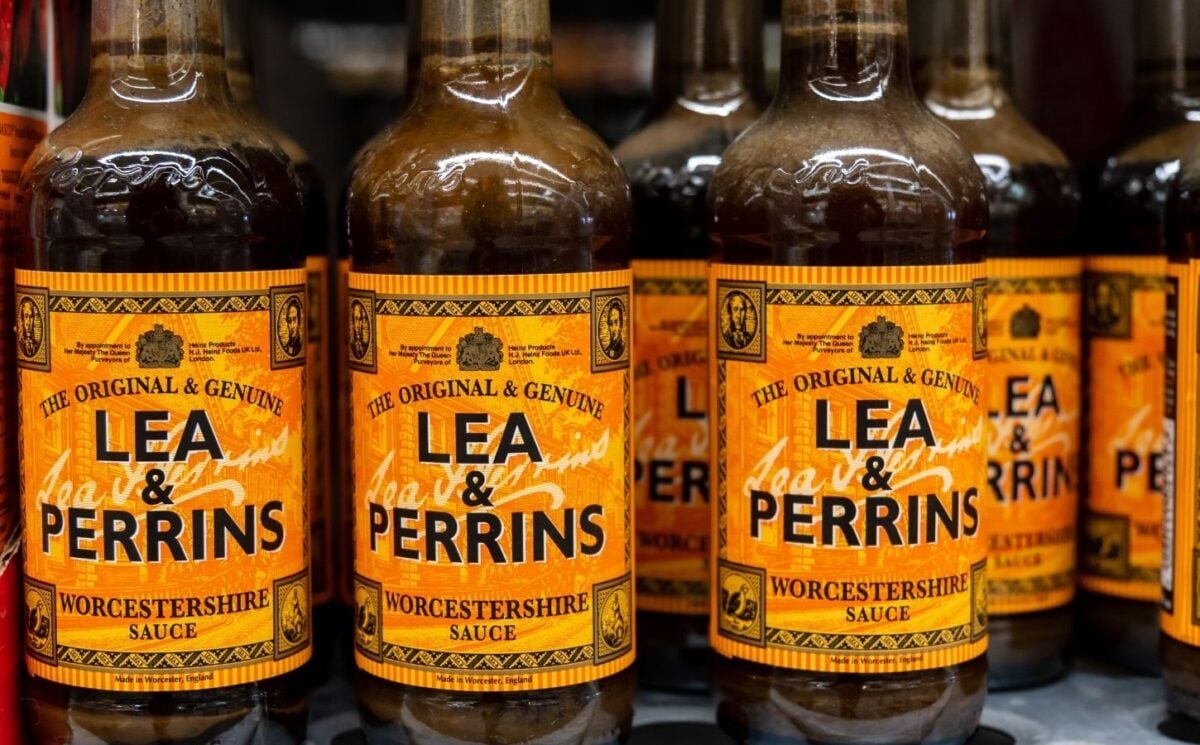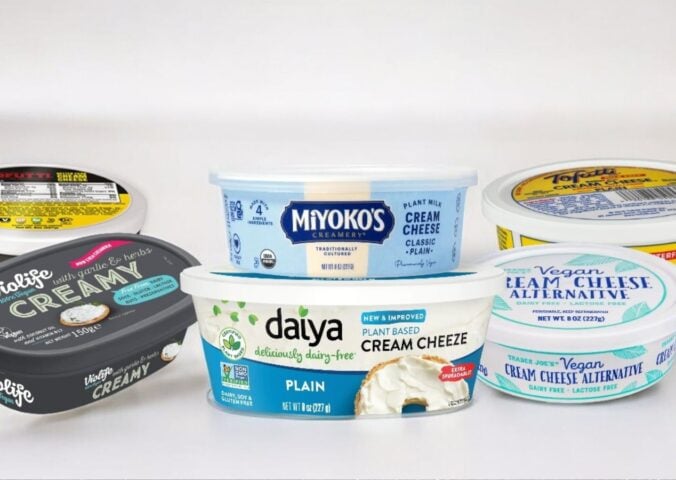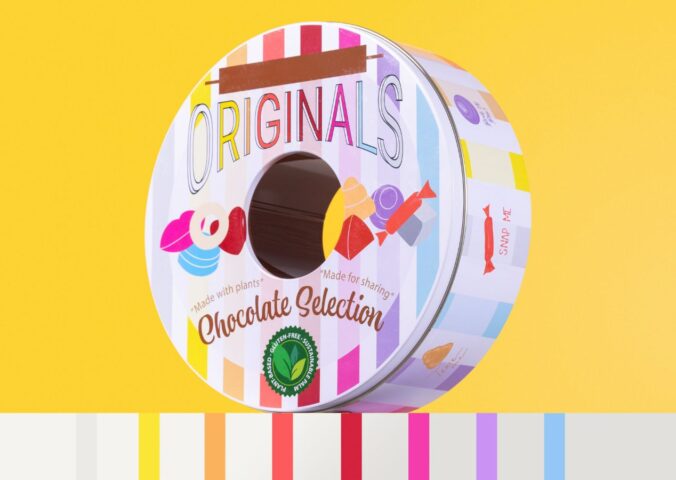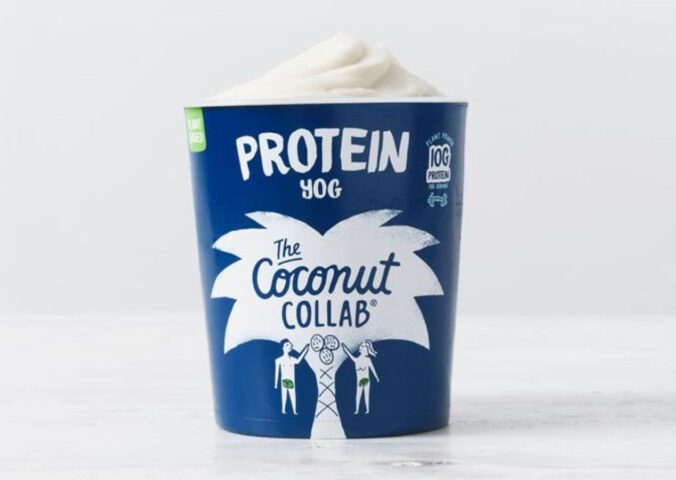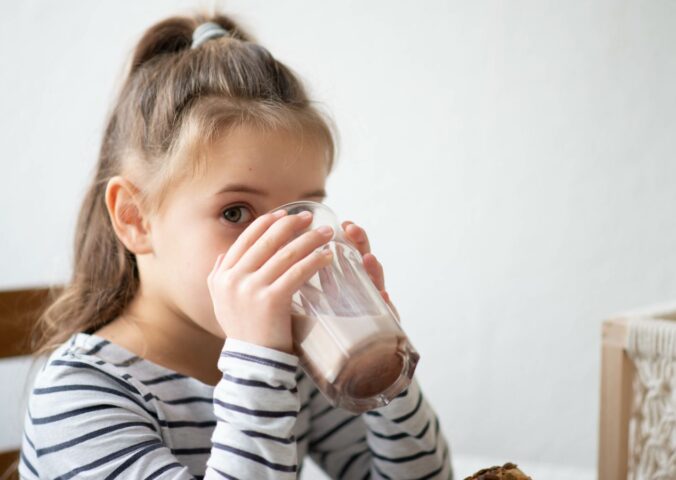Last year, a video doing the rounds on social media opened many people’s eyes to the reality of how Worcestershire sauce is made.
The condiment is a popular addition to marinades, gravies, cocktails, and sandwich spreads – but many people are unaware that it isn’t vegan. This is because it contains anchovies, and the production method for these anchovies has come as a shock to many.
The video came from a Discovery Channel series called How It’s Made, a series that shows the production processes for a number of popular foods. The Worcestershire sauce clip showed a barrel of anchovies that were cured in salt for a number of months before being added to the sauce. This process leads to a layer of brown sludge developing at the top of the barrel. Workers then shovel the sludge into an industrial mixer along with other ingredients like sugar, vinegar, and molasses.
As reported by the Daily Mail, viewers of the clip took to social media to voice their disgust at the reality of the sauce. “I literally held my nose while watching this,” wrote one, while another added: “I love Worcestershire sauce and will put it on any number of foods, but this video made my stomach churn.”
What is Worcestershire sauce?
Worcestershire sauce is a fermented liquid condiment. Originating in the city of Worcester, UK, in the first half of the 19th century, the precise recipe varies between manufacturers.
The primary ingredients are vinegar, molasses, sugar, salt, anchovies, tamarind extract, onions, garlic, and various seasonings and flavorings. These might include cloves, soy sauce, lemons, pickles, and peppers.
People use it in various ways in cooking and as a seasoning. It is popular in stews, caesar salad dressing, and the mixture for burgers. It’s also a classic ingredient in a Bloody Mary cocktail.
How is Worcestershire sauce made?
The exact process will vary by manufacturer, but it typically involves mixing together the onion, garlic, vinegar, molasses, and anchovies, with all the spices and seasonings. The ingredients then sit to ferment for several months.
Each brand of Worcestershire sauce has its own specific recipe and method, which can include variations in ingredients and processing times. This results in different flavors and characteristics for each brand. For instance, some might be more vinegary, while others are sweeter or spicier.
A hidden animal ingredient
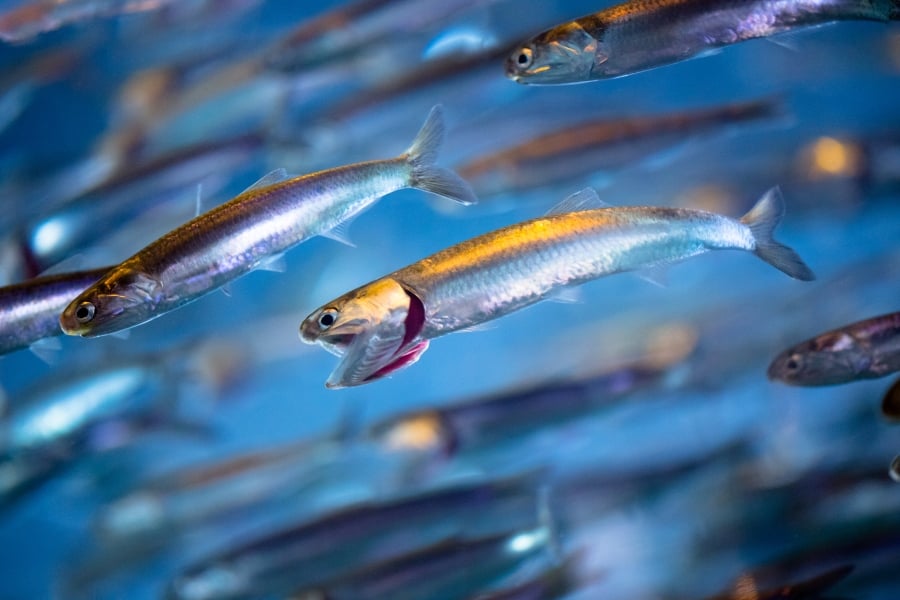
Worcestershire sauce traditionally is not vegan because one of its key ingredients is anchovies.
Anchovies are small, common saltwater fish. They live in large schools in the Atlantic, Indian, and Pacific Oceans, and in the Mediterranean and Black Seas. Vegans are ethically opposed to eating all animals, including fishes*.
Typically, anchovies are caught by nets or trawling. The latter indiscriminately catches huge numbers of fishes, resulting in bycatch. Moreover, fishing of anchovies and other small fish can have significant impacts on marine ecosystems. These species are crucial for the diets of larger predatory fish, seabirds, and marine mammals.
What vegan alternatives are available?
There are vegan-friendly versions of Worcestershire sauce available on the market (see below). These versions are made without anchovies and often use alternative ingredients like soy sauce, tamarind, and various spices to create a similar taste profile while keeping the sauce vegan.
In the UK, consumers can try Biona Organic’s Vegan Worcester Sauce or VWorcs Anchovy Free Worcestershire Sauce. Those in the US can pick up The Wizard’s® Organic Vegan Worcestershire. Or for anyone who wants to make their own, there are many recipes to pick from online, including this one from Loving It Vegan.
While the English language usually refers to multiple fishes as “fish”, we use “fishes” to emphasize that they are individuals.
